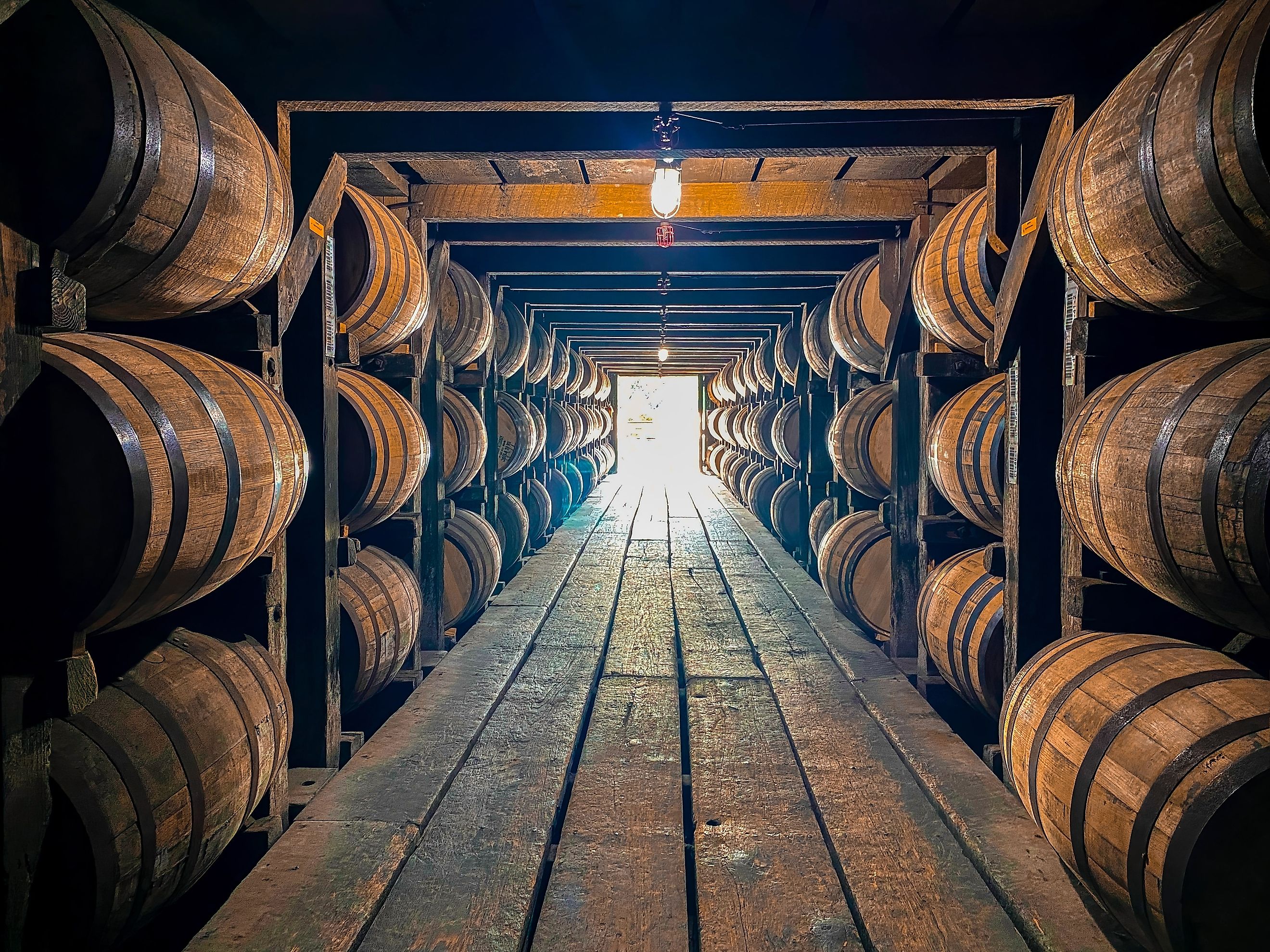
Where in America is Whiskey Made?
Whiskey is no ordinary drink. Whiskey’s roots in American culture go way back to the first settlers who brought distilling techniques with them from Europe (they must have heard about those long winters!). From the original Thirteen Colonies established by the British in the 1600s, these already centuries-old techniques spread across the continent, with each region creating distinct styles of whiskey that reflected the character and heritage of its place of origin.
Fast forward to 2024, and the moonshine distilled on farmsteads has become an $18 billion industry in the United States. From bourbon to rye whiskey, let’s explore some of the most significant places where whiskey is made in America today.
Kentucky
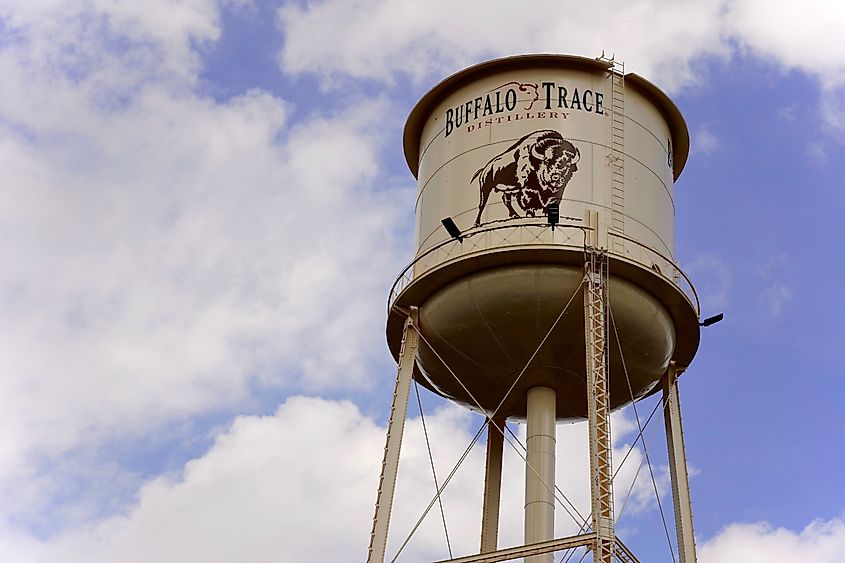
Kentucky is closely associated with bourbon, a type of whiskey that’s deeply embedded in American culture and history. The Bluegrass State's whiskey production dates back to the late 18th century when the first settlers began distilling corn, a crop that grew in abundance here and found the state’s limestone-filtered water was perfect for whiskey production. As the reputation of Kentucky bourbon whiskey grew, larger distilleries were set up to meet increased demand, the oldest being Buffalo Trace, established in the state capital of Frankfort in 1775 and fast approaching its 250th anniversary (now that’s going to be a party!).
A great way to experience the state’s rich whiskey traditions is to follow the Kentucky Bourbon Trail, a popular tourist route that highlights some of the state's major distilleries, including popular brands such as Jim Beam, Maker's Mark, and Woodford Reserve. The trail starts at the official Bourbon Trail Welcome Center in downtown Louisville and winds its way past some 37 distilleries, a journey which, if you stopped at them all (some people do!) would take a week or more.
If you can only manage a single stop, make it Bardstown. Known as the world’s bourbon capital, this picture-perfect Kentucky town is home to 11 major manufacturers, including one of the oldest, Barton 1792 Distillery. Bardstown is also where you’ll find the iconic Old Talbott Tavern, which opened in 1779 and claims to be the oldest bourbon bar on the planet. Also, a historic inn offering unique guest experiences, this former stagecoach stop once even hosted Abraham Lincoln. Bourbon is so entrenched in the town’s culture that it’s celebrated in festivals such as September’s Kentucky Bourbon Festival, a must-attend Bardstown event that draws whiskey enthusiasts from across the country.
How does bourbon taste? The distinct flavors of Kentucky Bourbon are characterized by notes of caramel, vanilla, and oak, the result of a unique aging process that includes using new charred oak barrels. This unique process imparts a rich, smooth flavor that distinguishes Kentucky Bourbon from other types of whiskey and has helped solidify the state’s reputation as the heart of American whiskey production.
Tennessee
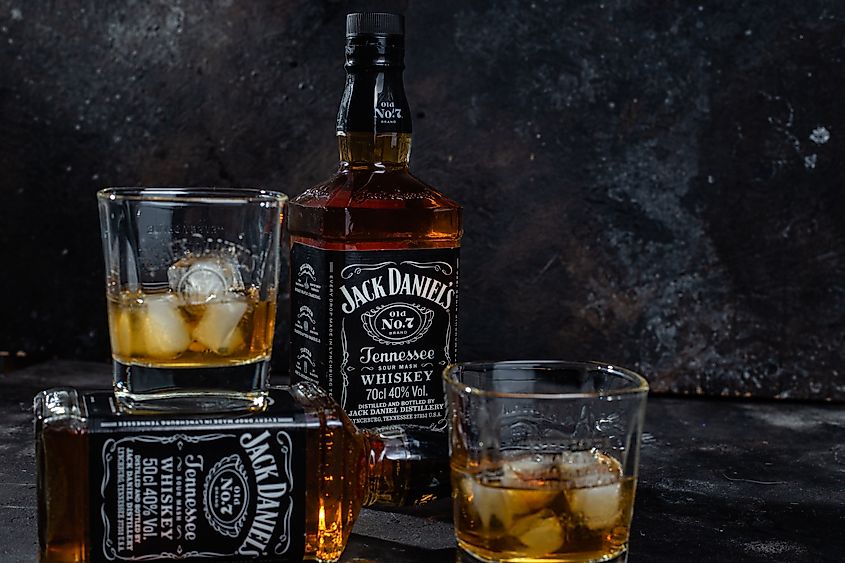
While it may be hard for some Kentuckians to forgive famed country performer Chris Stapleton for singing the praises of Tennessee whiskey (the Lexington-born star had a huge hit with the song of the same name in 2015), there’s no denying the guy was onto something. That “smooth Tennessee whiskey” Stapleton sang about is distinguished by its unique Lincoln County Process, which involves filtering the whiskey through charcoal before aging. Pioneered by Jack Daniel's in the mid-19th century, this unique practice makes Tennessee whiskey so smooth and mellow that people really do want to sing about it.
The cultural impact of Tennessee whiskey is profound. Influencing music and literature, it’s a huge tourist draw with whiskey festivals and events dedicated to it. One of the best, the Jack Daniel's World Championship Invitational Barbecue in Lynchburg, celebrates this connection between whiskey and local culture with delicious barbecued food, the perfect accompaniment to that distinct charcoal mellowing process that gives this much-loved beverage its unique flavor profile.
Virginia
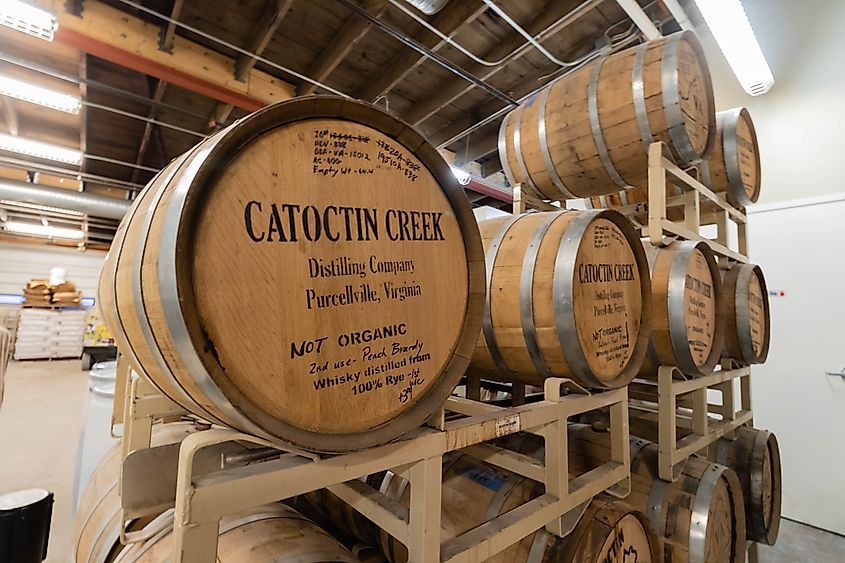
Like Kentucky, Virginia's whiskey history dates back to colonial times when distilling was common among settlers. The state's modern whiskey industry has seen a renaissance with the rise of craft producers like Virginia Distillery Company in Lovingston and Catoctin Creek Distilling in Purcellville. With a focus on small-batch production, these acclaimed producers use locally sourced ingredients to create unique and high-quality spirits, exhibiting a high degree of innovation and craftsmanship in the process.
Whiskey production has also become a symbol of local pride, reflecting the state's agricultural heritage as the top Virginia distilleries incorporate local grains and pure water from the Blue Ridge Mountains to create distinct flavors that capture the essence of the region.
New York
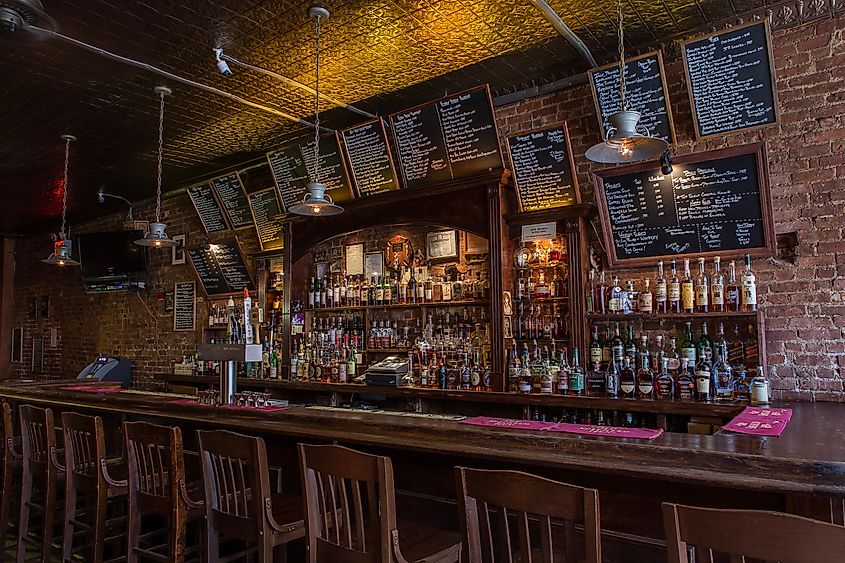
New York’s storied history with whiskey dates back to the pre-Prohibition era when the state was a significant producer. Today, the craft distilling movement has revitalized whiskey production in the Empire State, with distilleries like Tuthilltown Spirits leading the way. Located in the Hudson Valley town of Gardiner, Tuthilltown Spirits produces the aptly named Hudson Whiskey, popular for its artisanal approach and innovative flavors derived from locally produced grains.
The cultural significance of whiskey in New York is reflected in the New York City Whiskey Festival. This fun April event introduces attendees to over 100 different styles of whiskies and other alcohols, attracting tourists and enthusiasts from far and wide.
Indiana
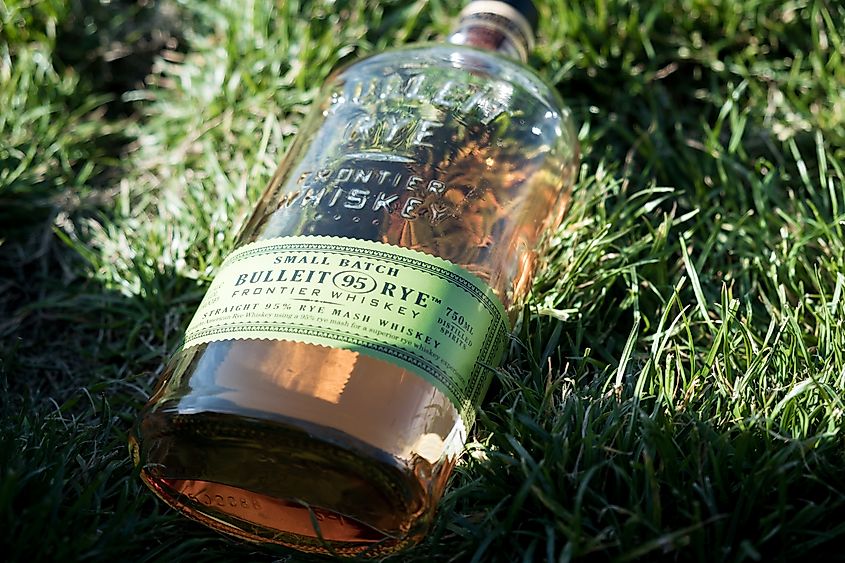
While the Midwestern state of Indiana might not be uppermost in mind when we think of whiskey, its citizens certainly know a thing or two about the drink. The “Hoosier State” is home to one of the industry's powerhouses: MGP (Midwest Grain Products).
Located in Lawrenceburg, this producer of high-quality whiskey was established in 1941 and is behind a substantial catalogue of brands including Angel's Envy and Bulleit Rye, to name but two. Indiana’s go-to whiskey? Rye, which is currently enjoying a resurgence in popularity.
The Best of the Rest
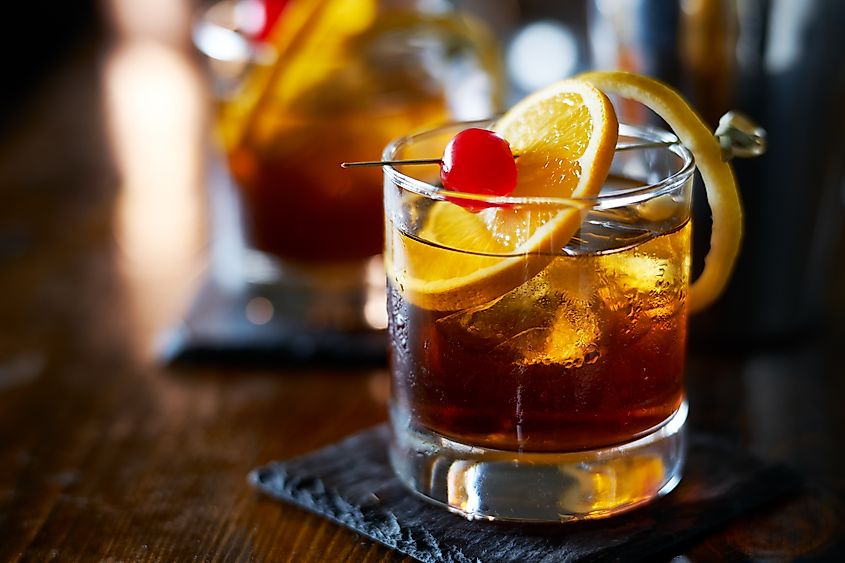
While no state can match the long tradition of whiskey that Kentucky and Tennessee can boast, numerous others hold their own. Here are a few other whiskey-producing states worthy of a mention:
Texas: The Lone Star State’s hot climate accelerates the aging process, resulting in rich, robust flavors that distinguish Texas whiskey. Distilleries like Garrison Brothers in Hye, the first “legal” distillery in the state, and Balcones Distilling in Waco have gained national acclaim for their quality and use of unique ingredients like blue corn.
Pennsylvania: Known for its rye whiskey, Pennsylvania has a strong historic connection to American whiskey. During the Whiskey Rebellion of 1794, upset farmers (and no doubt a few drinkers) rose up against federal excise taxes placed on the beverage. While the uprising failed due to George Washington sending in troops, it highlighted the importance of whiskey production in the state's economy. These days, distilleries like Dad's Hat Pennsylvania Rye in Bristol are reviving traditions and producing high-quality rye whiskies that pay homage to the state's rich distilling heritage… without the need to riot.
Colorado’s whiskey scene is characterized by its use of pure Rocky Mountain water and its high-altitude aging conditions. Distilleries like Stranahan's Colorado Whiskey in Denver and Breckenridge Distillery in Breckinridge is part of a whiskey heritage in Colorado that dates back to the late 19th century.
From the limestone-rich waters of Kentucky to the innovative craft distilleries in places like California and Colorado, whiskey production in America is as diverse as the country itself. Each region brings its unique flavor, history, and cultural significance to the table, contributing to the tremendous choices available for consumers to enjoy. As whiskey evolves and grows in popularity, these regions will continue to play a crucial role in shaping the future of this much-loved spirit. Whether you're a connoisseur or just curious, exploring these whiskey-producing regions is a great way to see the country.











